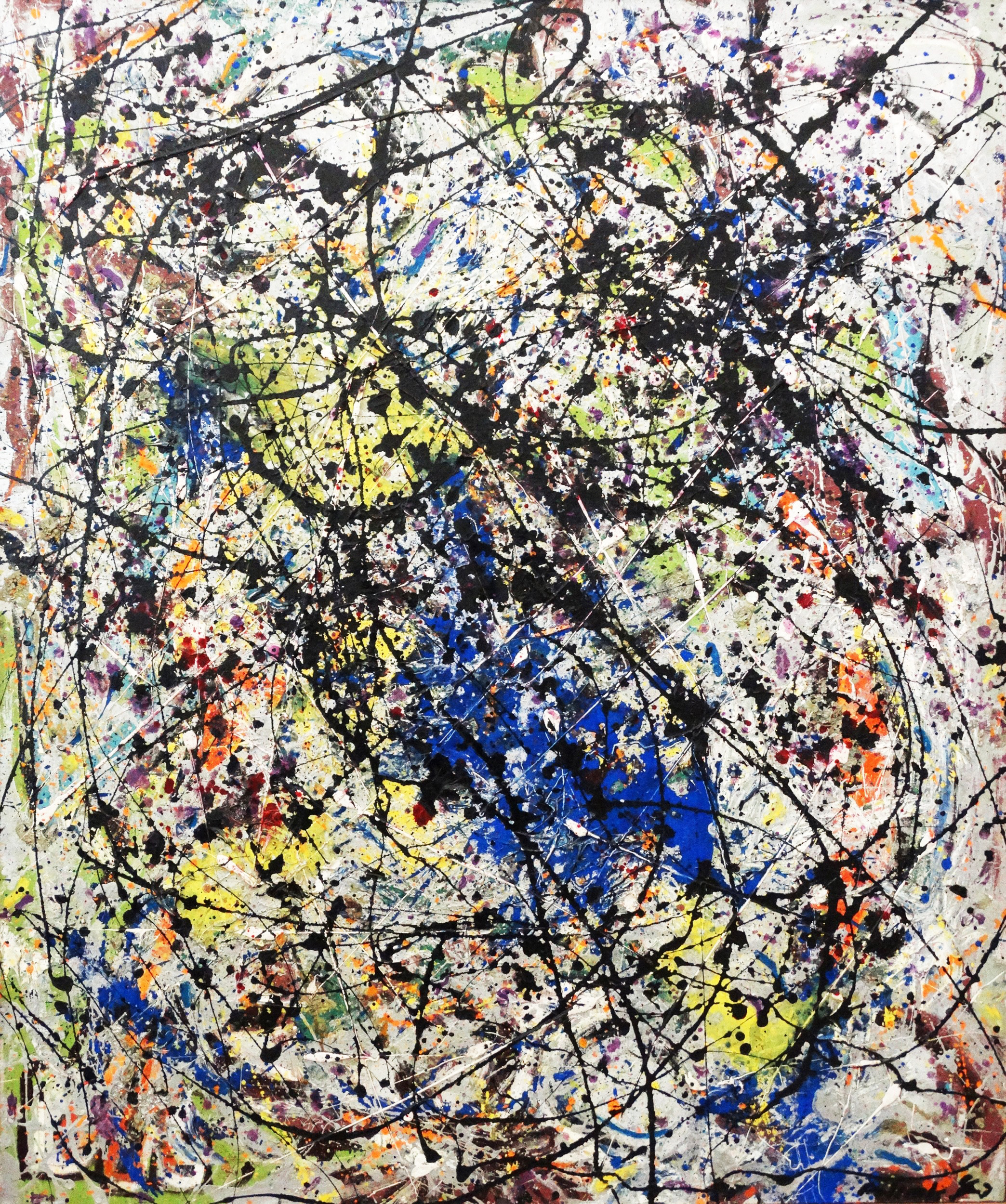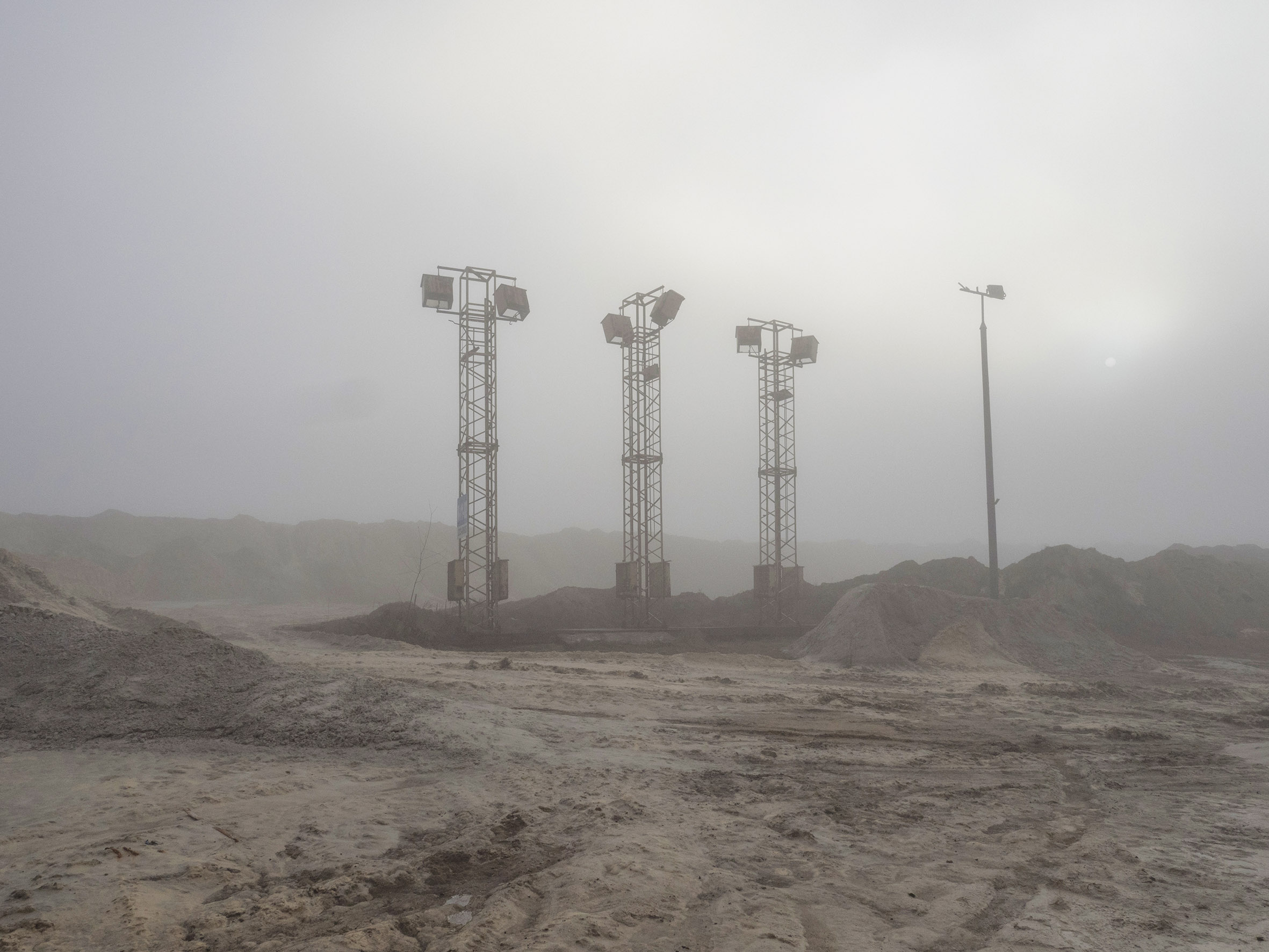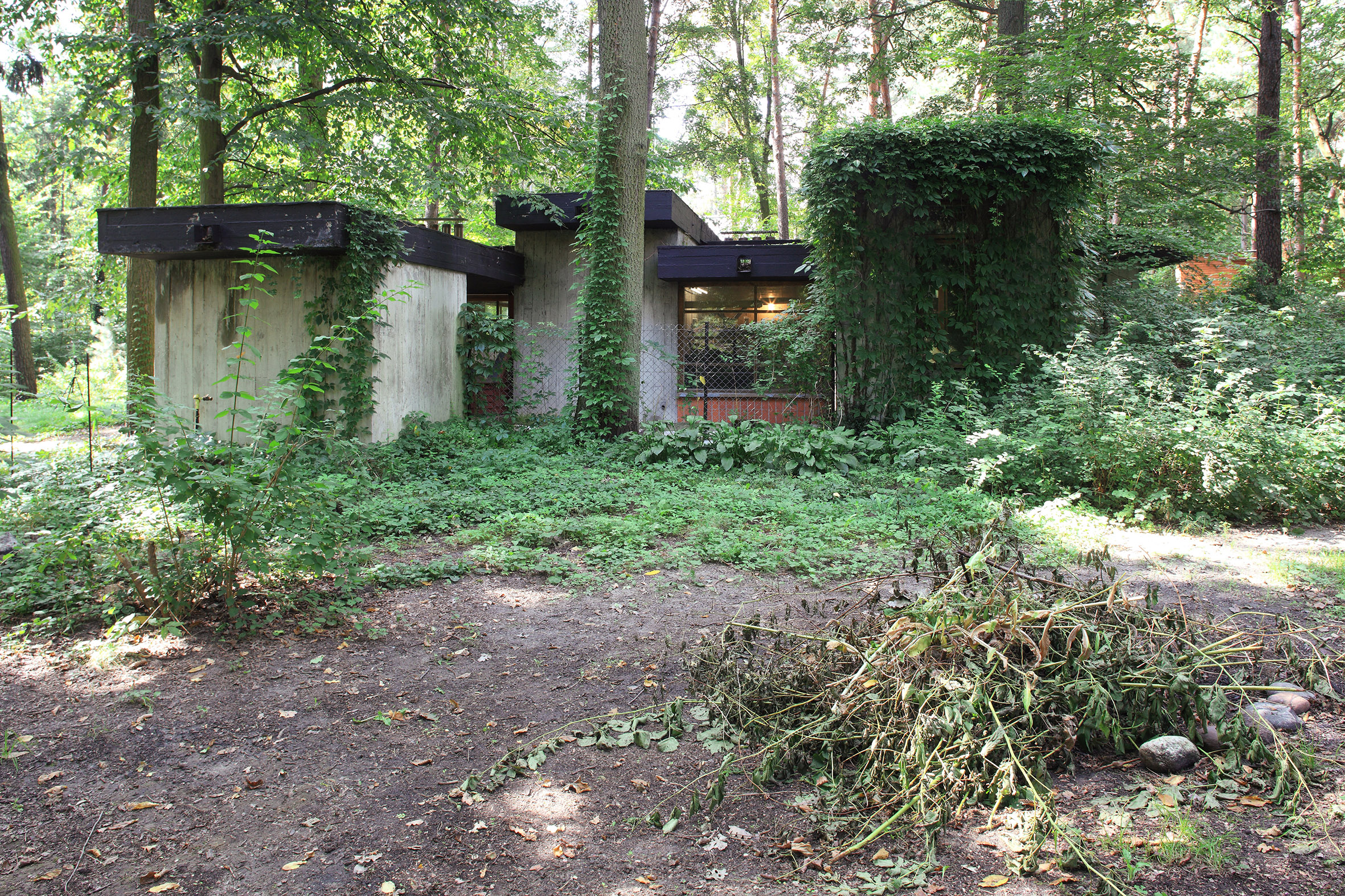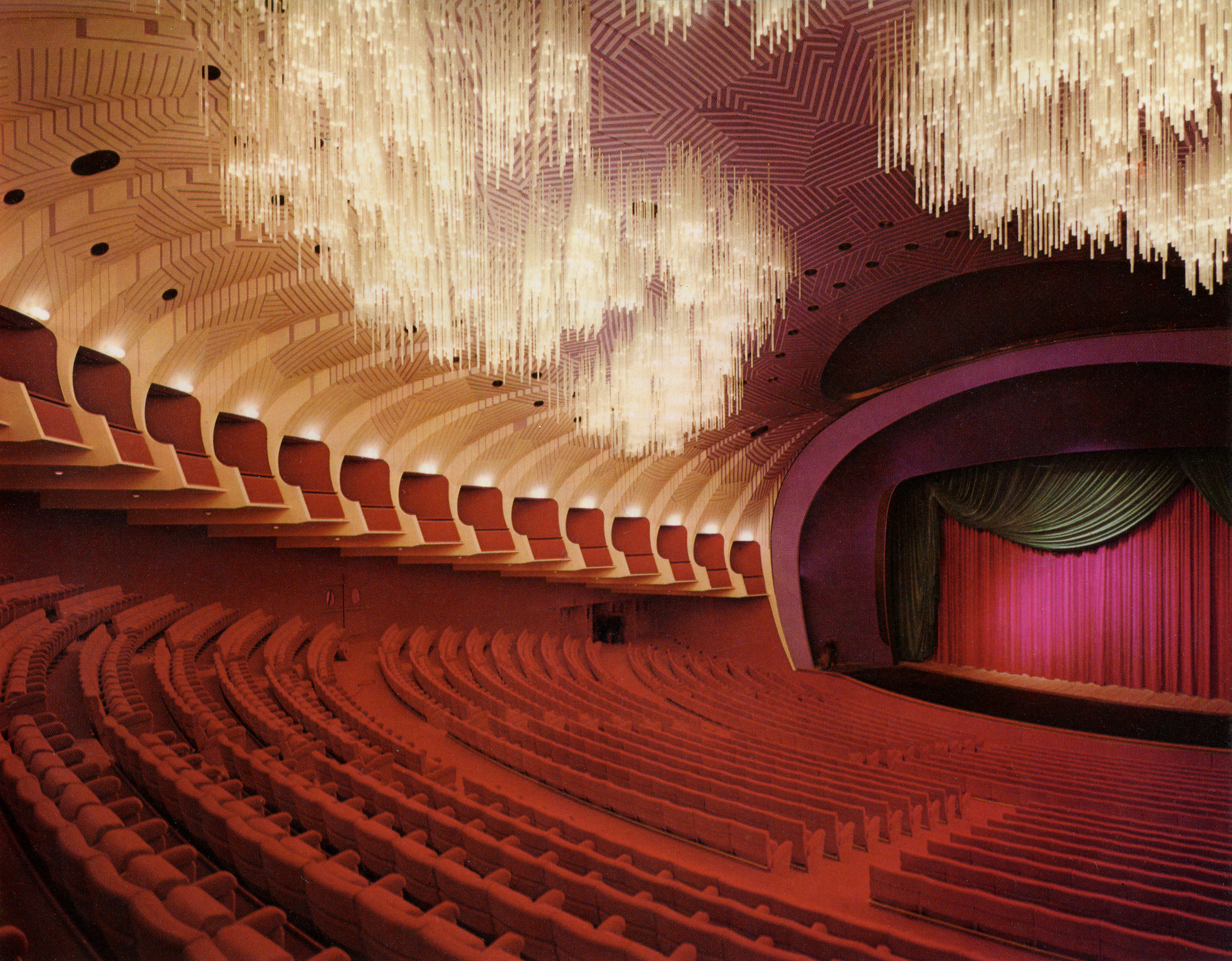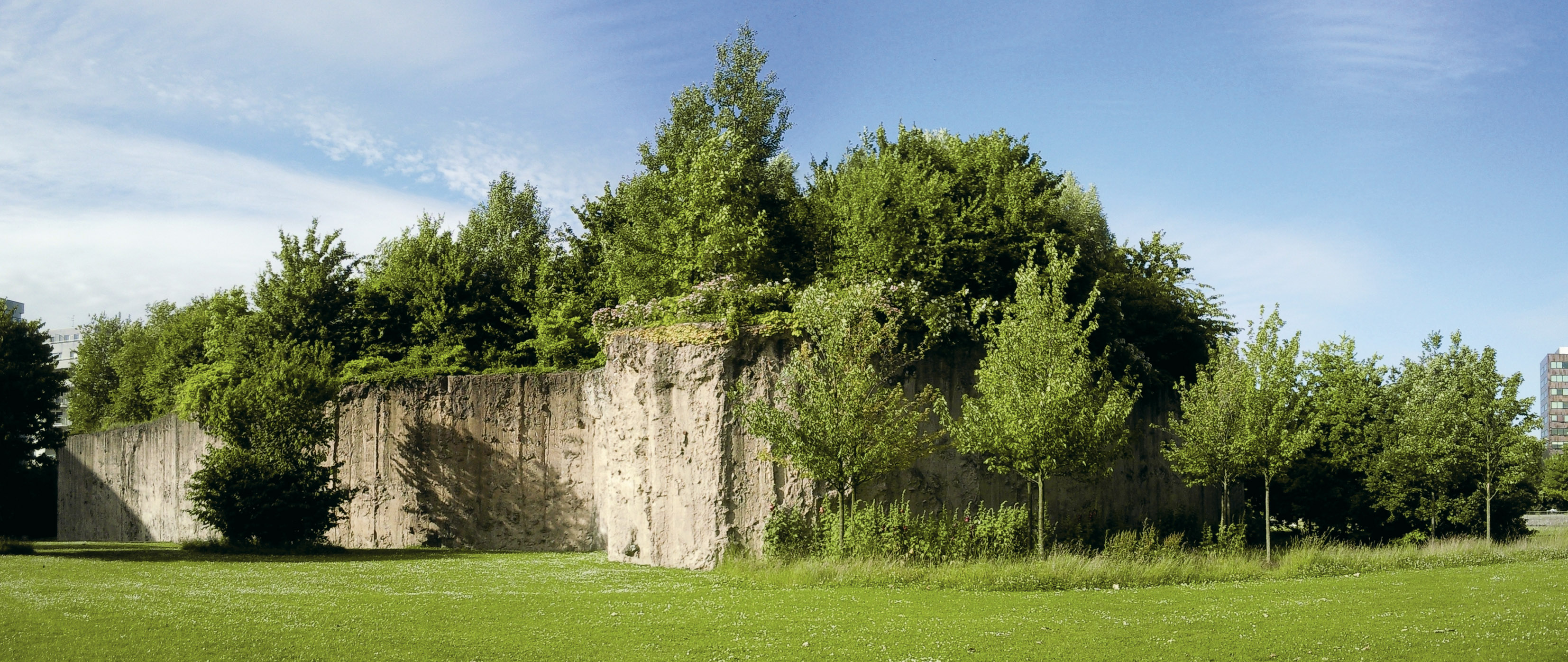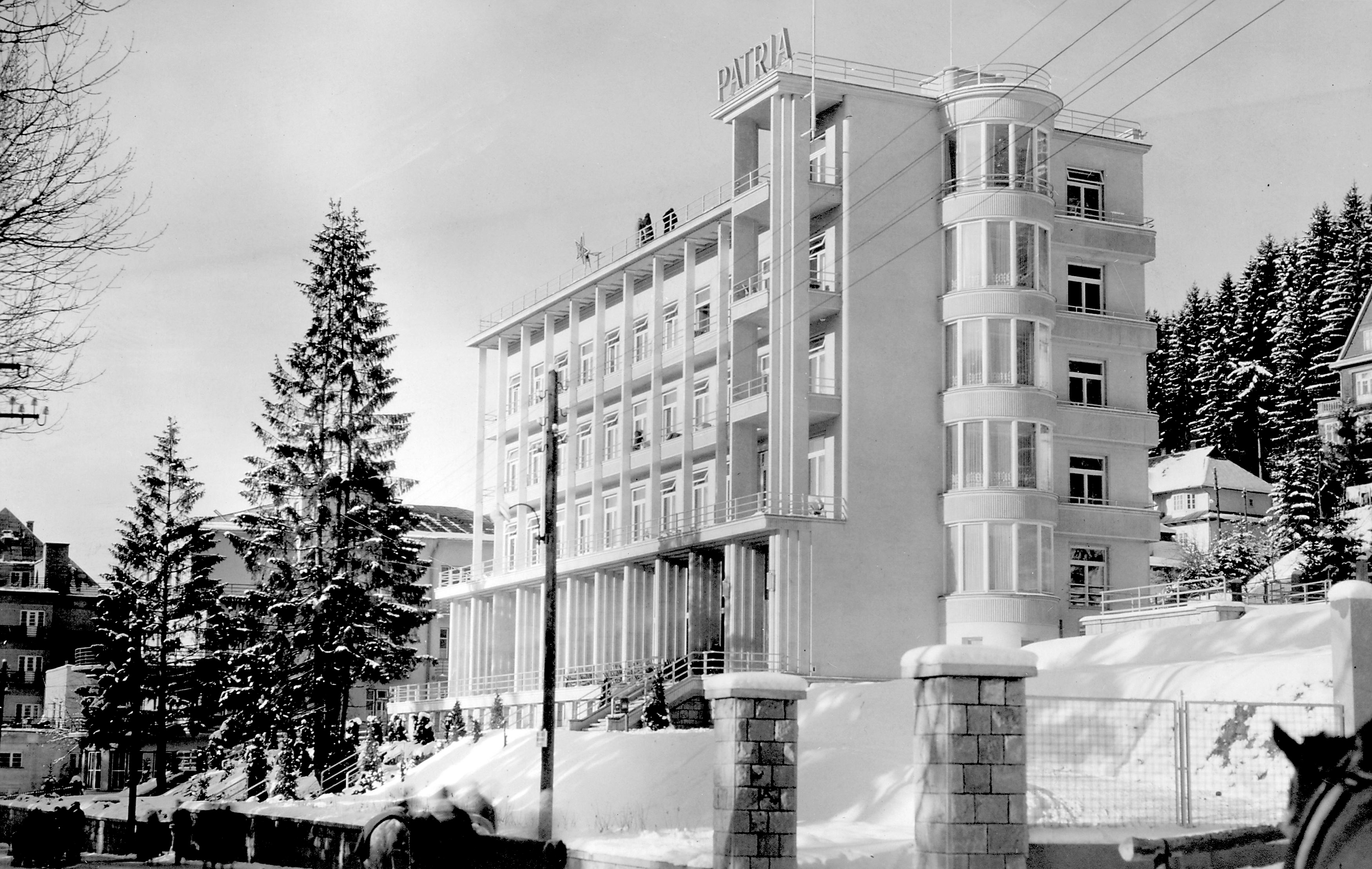
How is it possible that architectural forms can convey particular emotions or moods, asked the Swiss art historian Heinrich Wölfflin. After almost 100 years, a Warsaw architect answers this question.
Encoded empathy
The story starts at the University of Parma some time around 1990. A group of Italian neurophysiologists are completely absorbed in the study of the cerebral cortex in rhesus macaques. Round electrodes in the animals’ heads send information to the computers about the performance of particular groups of neurons, while their owners are eagerly reaching for snacks carefully rationed by the scientists. At some point, the researchers notice something strange – the area of the brain usually activated when food is grabbed by a monkey goes crazy when a human watcher picks food up, too. What could this mean? The Italians formulate an unusual hypothesis: animals have mirror neurons that react to the actions of other individuals – not necessarily even of the same species – as if they were their own. Today the majority of scientists think that a similar system is present in humans. When we see a person lifting a cup of tea, part of our brain recognizes it as our own action. It’s a kind of innate empathy, which allows us to learn and recognize emotions in others. In that case, it doesn’t matter if we are looking at a human, dog or macaque – what matters is that we can relate the observed action to our own experiences and memory.
Some even wonder if our neurons react in a similar way when confronted with inanimate nature. So far, the scientific world’s answer is a yes. Let’s look at Meret Oppenheim’s 1936 surrealist Object, which is nothing else than a teacup, spoon and saucer covered in fur.
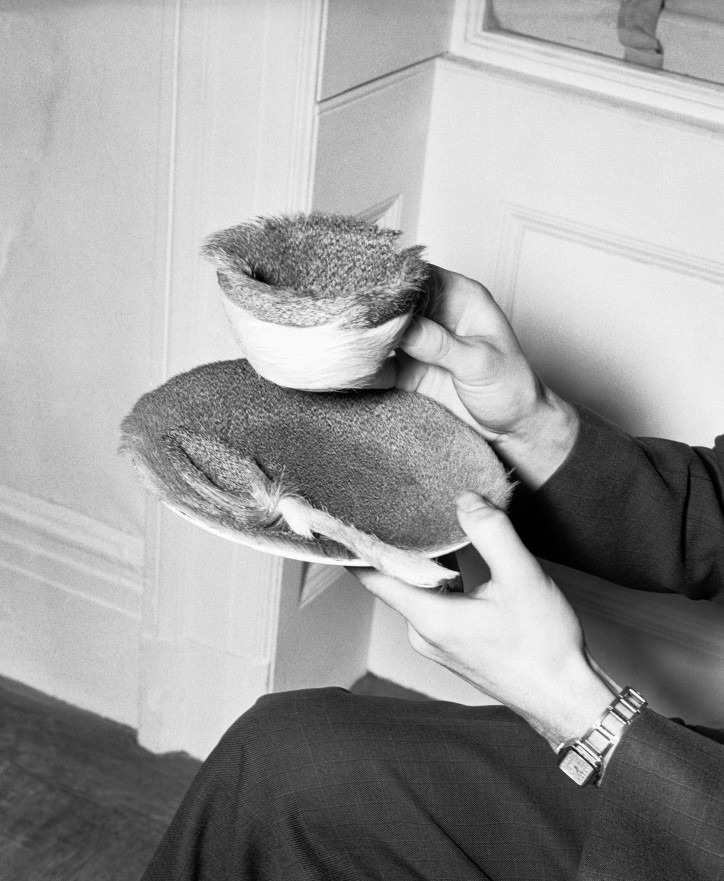
It’s difficult to remain indifferent when faced with such a weird kit and not to imagine the touch of tea-moistened gazelle’s fur on one’s lips, twisted in desperate self-defence. Every self-respecting brain must, however, give up when confronted with such an exhaustive number of conflicting sensual signals. According to some scientists, this corporal way of experiencing art is the doing of specialized groups of mirror neurons that secretly play out the sequence of events linked with reacting to features of particular objects known to them. When looking at one of Jackson Pollock’s paintings, we automatically imagine the movements needed for its creation. A multitude of nerve cells paint it in the parallel universe of synapses and dendrites.
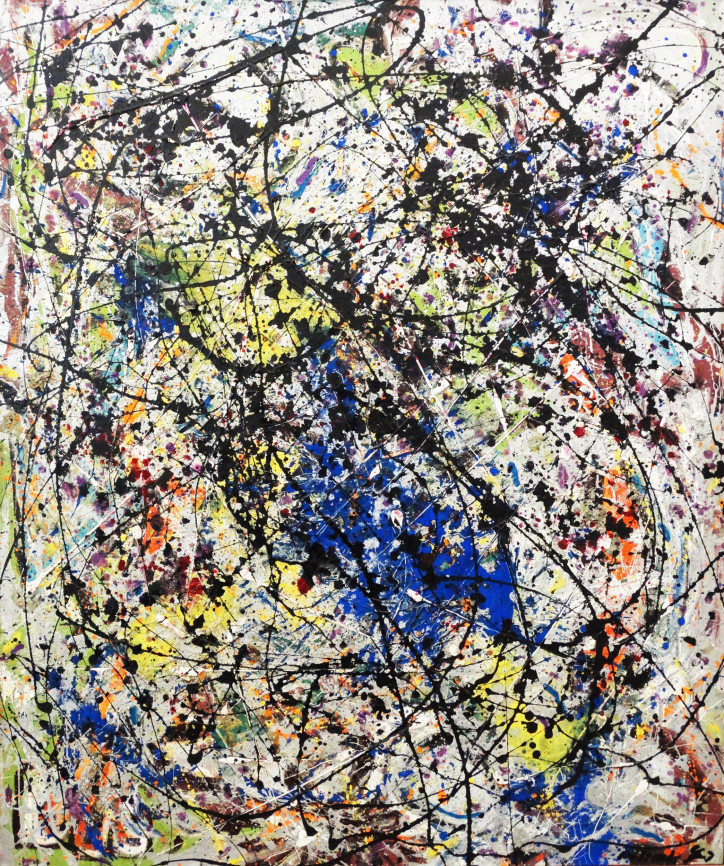
Female and male columns
Could the same be said about our way of experiencing architecture? This is the thesis formulated by Harry Francis Mallgrave, author of The Architect’s Brain. In light of his theory, assigning human characteristics to buildings has a deep cognitive basis. We find some of them friendly, others arrogant, witty or disconcerting, and it is not at all the result of some coincidental associations, but responses to the real world that are deeply encoded in our brains. Nowadays, thanks to fMRI – which ‘scans’ the activity of particular neuron groups during different actions – the door to understanding is slowly opening. Consider the famous golden ratio – the way of dividing any length into two unequal parts in such a way that the ratio of the longer one to the shorter one is the same as the ratio of the whole length to the longer part. This rule has been known since antiquity.
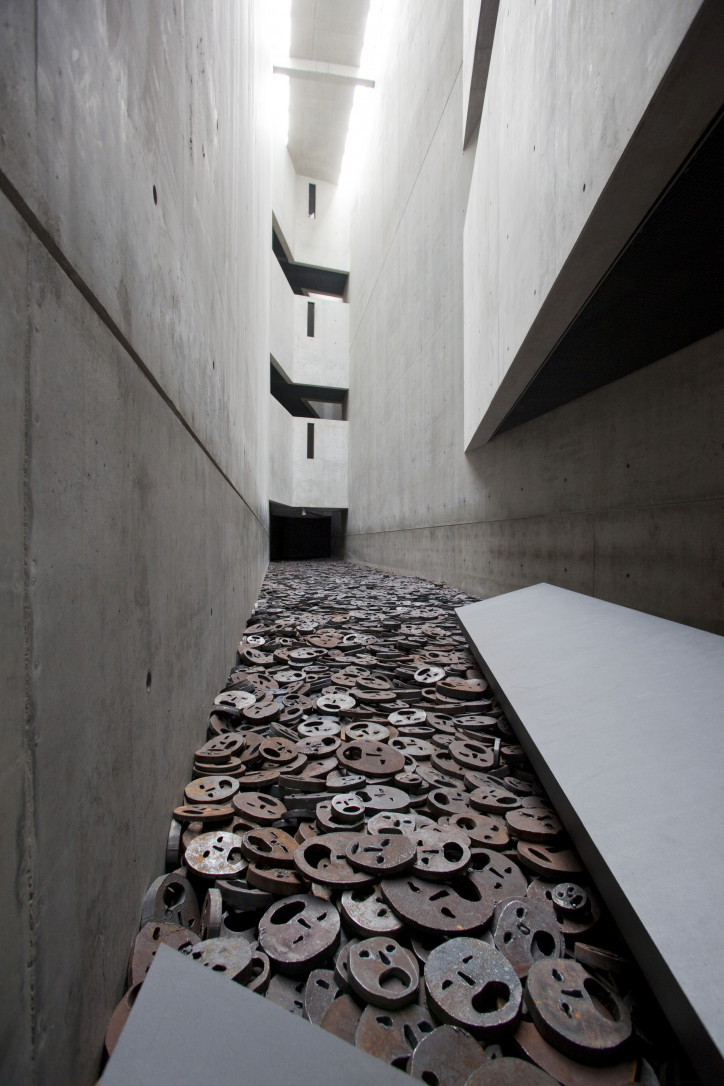
Hundreds of ancient temples and Gothic cathedrals were built based on this rule. The Ancient Greeks called it divine proportion, declaring that the gods created the whole, known world using this rule as a basis. And there is a lot of truth in this thinking – if we focus well enough, we will find this rule not only in how plants and animals are designed, but also human beings. It is also the proportion that we intuitively regard as the most beautiful. If we put several rectangles one next to another, most of us will choose as the prettiest the one in which the ratio of sides is based on the golden proportion. Cognitivists think that it might be because of the networks of neurons that get activated when they see something they somewhat know (in the same form or another). We like the objects in which we find human characteristics, often understood quite literally. It’s enough to look at cars’ front lights. Some make us think of a tender gaze, others scare us with a samurai’s stare. In recent years, neuroscience has produced a lot of evidence that we use the same system of associations in relation to the entirety of the world around us, often unconsciously. Vitruvius, the Roman architect active in the 1st century BC, recognized it and compared a Doric column to a man, an Ionic one to a mature woman, and a Corinthian one to a girl. Even without fMRI, ancient artists knew that we can identify with a building only when it reminds us of something we know well. Today we understand that this might, in part, stem from the fact that it gratifies the relevant groups of neurons.
Aggressive architecture
Our knowledge about how we experience space is still very limited, but the clue linked with empathy seems to be one of the more interesting ones. If we want to grab an object, our brain carries out a series of complicated operations: it must lay out the trajectory of the hand’s movement, determine the level of its openness, and adjust it to the shape of the object to be grabbed. Mirror neurons go through similar processes while watching the surroundings, which means that a leaning wall might cause anxiety synonymous with the feeling of falling down. Some architects use these types of corporal reactions in a more or less successful and conscious way. The walls of the Jewish Museum in Berlin, designed by Daniel Libeskind, bend in all directions, generating tension and causing fear that is difficult to define.
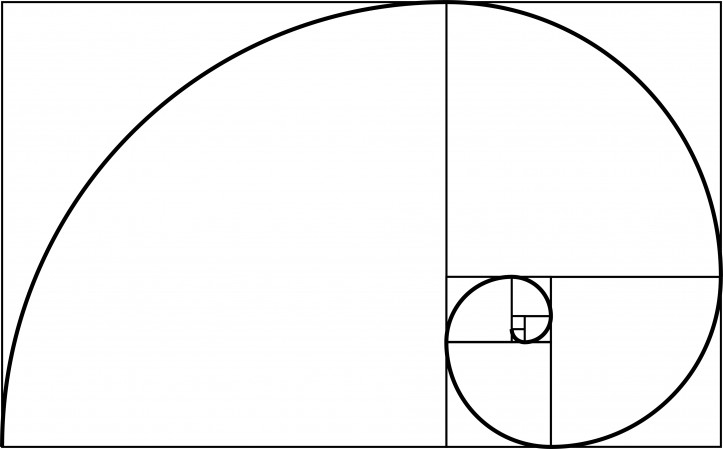
This is a building that affects someone not only on a symbolical level, but also on a purely physiological one. The brain interprets such forms as aggressive, and calls for vigilance. As much as this kind of strategy works perfectly in a place so strongly linked to the history of the Holocaust, in the case of luxurious apartment buildings or corporate headquarters, it can only cause bewilderment. Unless the author is smuggling some deep message about the oppressiveness of contemporary capitalism…
An object that can speak
The love affair of brain and space carries an ‘it’s complicated’ relationship status. The fundamental stimuli are often suppressed by a number of learned reactions and behaviours acquired during our short but turbulent existence. After all, it is not that difficult to find a person who thinks that the golden ratio is ugly and old-fashioned. The way we experience the physical world is shaped by a multitude of internal and external factors, and we are only starting to recognize most of them. For example, we know that there is an area in the brain that gets activated when we look at edges that are gently out of the vertical line, but we don’t quite know how to use this knowledge in a sensible way. However, we can help our neurons avoid huge stress arising from experiencing the world around us – it is enough that the matter stops deceiving us and gets formed according to the expectations encoded in the human brain.
Objects and buildings should ultimately be designed in such a way that an average brain can easily decode their objectives. In psychology, such characteristics of objects are called affordances. For example, stairs suggest an opportunity for going up or down, a button begs to be pressed, a teacup handle seems to be a perfect landing spot for a finger. Objects in which affordances are in line with their function usually don’t require complicated instruction manuals, because it is easy to intuitively understand how they should be used. We have all had moments of doubt in humanity while opening a door, when there is no chance in the world to figure out if we should pull or push it. Theoreticians explained this phenomenon a long time ago – it happens because the vast majority of doors in the world are badly designed. Handles ask for being pulled, which is why on one side they should be replaced with flat elements or horizontal handles that can only be pressed. With such differentiation between the sides of a door, the brain could instantaneously coordinate the actions of the rest of the body, and we would not need the help of signs saying ‘pull’ or ‘push’.
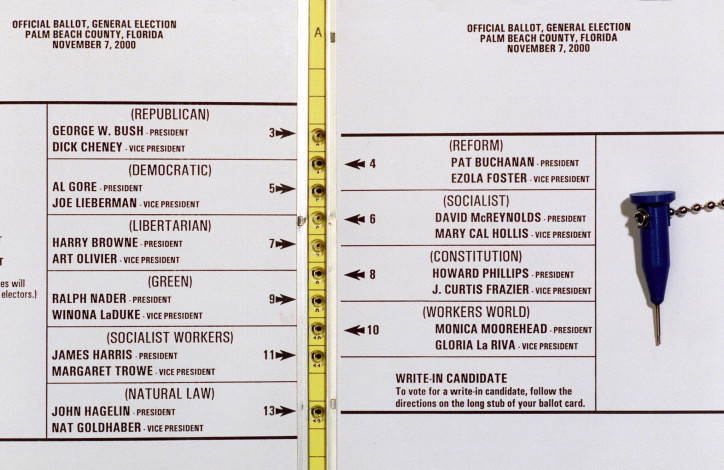
The importance of designing in accordance with natural responses and the associations people make was found out, in quite a painful way, by Al Gore during the 2000 US presidential elections. The names of the candidates on electoral cards in Florida were put consecutively on the left or right of the table. In the middle, there was a column of black dots, which needed to be punched in the row corresponding with the chosen candidate. As luck would have it, hundreds of voters intending to vote for the Democrats’ candidate, who was second on the list on the left-hand side, instead intuitively designated his rival, Pat Buchanan, who was in the first position on the right-hand side, marking the second and not third black dot from the top. Thanks to this voting system mess in the state, George W. Bush won the election with a majority of 537 votes. Nothing came of the protests from voters who realized the weight of their mistake when it was too late.
Let it be a lesson for us all – if we don’t listen to the needs of our own neurons, one day they could do something to spite us.
Translated from the Polish by Anna Błasiak


